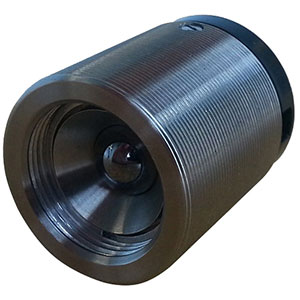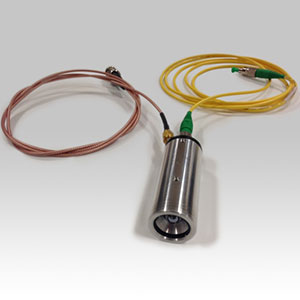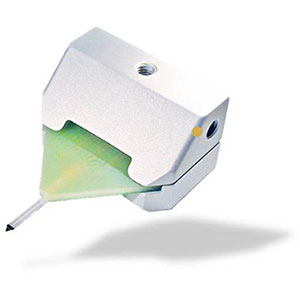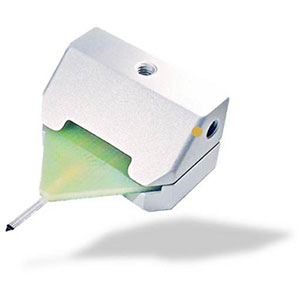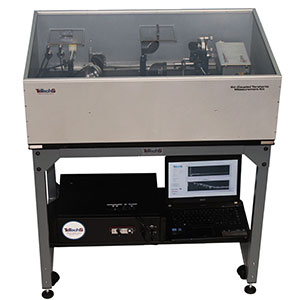Is TeraHertz radiation dangerous?
Terahertz radiation is generally considered to be safe for humans at low powers because it is a non-ionizing form of radiation. This means that it does not have enough energy to break chemical bonds. As a result, it does not cause the same type of damage as ionizing radiation, such as X-rays and gamma rays. The amount of terahertz radiation that is considered safe varies depending on the frequency of the radiation and the power of the source. For example, the Food and Drug Administration (FDA) has set a safety limit of 100 watts per square centimeter for terahertz radiation with frequencies between 0.3 and 1 terahertz.
How is Terahertz Radiation created?
Terahertz radiation is caused by the acceleration of charged particles. This can happen in a number of ways, including:
- Bremsstrahlung: When a charged particle is forced to change direction, it emits radiation. This is the same process that causes X-rays to be emitted when electrons are accelerated in a vacuum tube.
- Free-electron lasers: These devices use an electric field to accelerate electrons through a vacuum tube. The electrons emit terahertz radiation as they are accelerated.
- Quantum cascade lasers: These devices use a semiconductor structure to emit terahertz radiation. The structure is designed so that electrons are accelerated as they move through it, which causes them to emit terahertz radiation.
Terahertz radiation can also be generated by other processes, such as the impact of high-energy electrons on matter or the interaction of laser light with matter.
Terahertz radiation is a non-ionizing form of radiation, which means that it does not have enough energy to break chemical bonds. This makes it a safe form of radiation for humans and other living things. However, there is some evidence that exposure to high-power terahertz radiation may cause damage to cells and DNA. More research is needed to determine the long-term effects of terahertz radiation exposure.
If you are concerned about the dangers of terahertz radiation, you can take the following precautions:
- Avoid exposure to high-power terahertz radiation.
- If you must be exposed to terahertz radiation, wear protective clothing, such as a long-sleeved shirt and pants.
- Talk to your doctor about the risks of terahertz radiation exposure if you have a medical device.
Terahertz radiation is a new and emerging technology, and more research is needed to understand its long-term effects on humans. However, at low powers, it is generally considered to be safe.
Related Products
Terahertz Store News Archive
What is a TeraHertz & how is it used?
Find out more about TeraHertz, its frequency and the technology that uses it. Terahertz is a type of electromagnetic radiation that lies in the frequency range of 0.3 to 3 terahertz...
Is TeraHertz radiation dangerous & where does it come from?
Terahertz radiation is generally considered to be safe for humans at low powers because it is a non-ionizing form of radiation. This means that it does not have enough energy to break chemical bonds...
What applications can THz technology be used for?
Terahertz (THz) technology is a rapidly developing field with a wide range of potential applications - including security, inspection, medical, materials science and communication. ..

